New restoration works shore-up Iraq's historic Arch of Ctesiphon
Relics 09:54 AM - 2021-11-26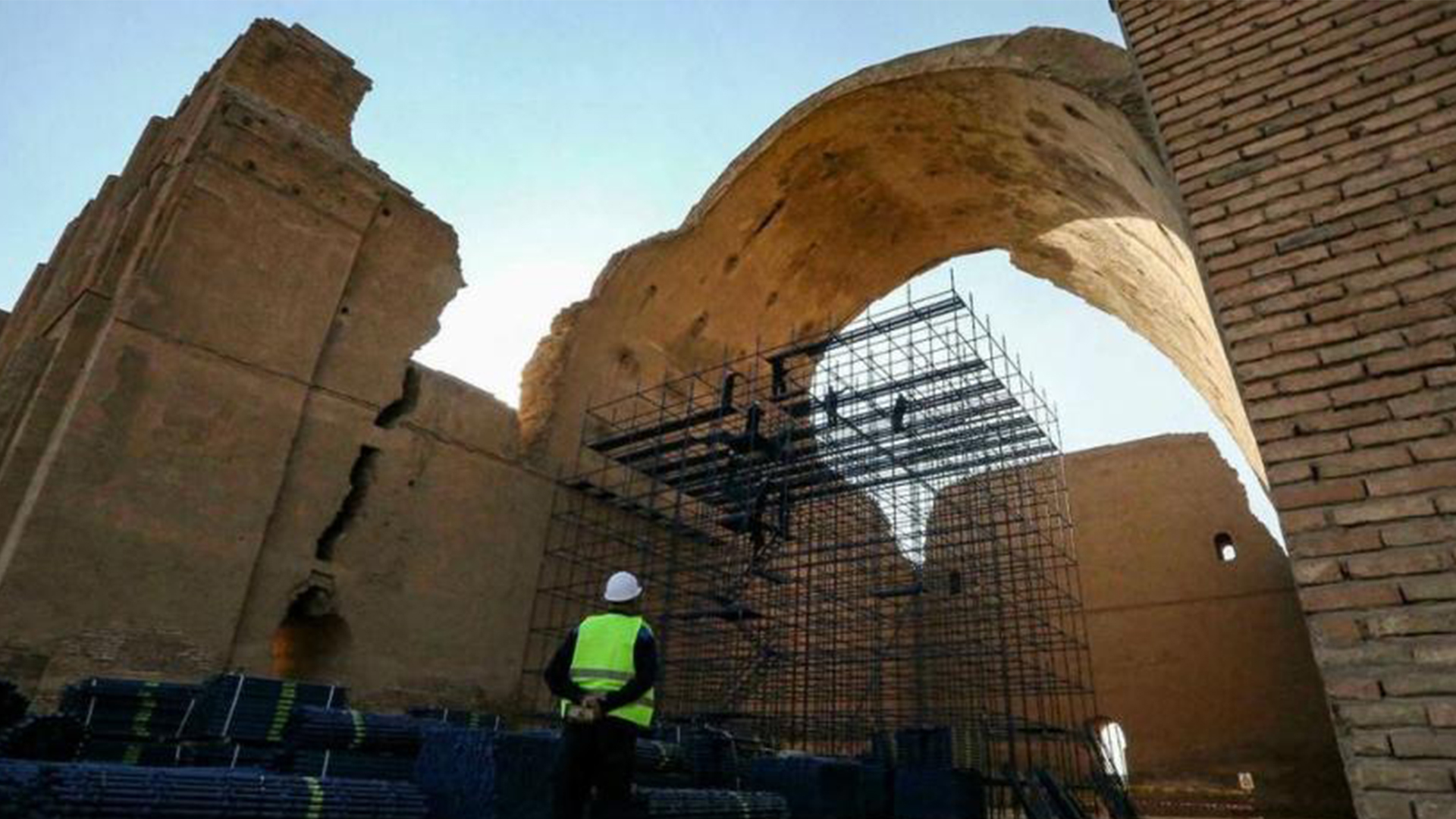
The famed 6th century monument, located around 30 kilometres (20 miles) south of the capital Baghdad, is the last structure still standing from the ancient Persian imperial capital Ctesiphon Sabah ARAR AFP
Iraq's 1,400-year-old Arch of Ctesiphon, the world's largest brick-built arch, is undergoing restoration work as part of efforts to return it to its former splendour, authorities said Wednesday.
The famed sixth-century monument, located around 30 kilometres (20 miles) south of the capital Baghdad, is the last structure still standing from the ancient Persian imperial capital Ctesiphon.
Restoration work on the arch, also known as Taq-i Kisra from its Persian name, was carried out in 2013 after a massive slab fell off due to damp caused by heavy rain.
But the new bricks too have begun to fall following downpours last year.
A first phase of "emergency" works that began in March are due to end next month, said David Michelmore, a conservation expert working with a team of archaeologists from the University of Pennsylvania.
"What is falling down at the minute is not the original Sassanian construction, it's the modern repairs," he told AFP.
"There was quite a lot of reconstruction done in 2013-2014 and probably all of this will need to be taken down and replaced," he said.
Construction of the arch began in AD 540 during the Persian Sassanid dynasty's long wars with the Byzantine Empire. It formed part of a palace complex started three centuries earlier.
At 37 metres (122 feet) tall and 48 metres (158 feet) long, it is the largest brick-built arch in the world.
Iraqi Culture Minister Hassan Nazim said the works aimed to "consolidate" the site, which is near the bank of the Tigris River and is at risk of groundwater infiltration.
The current phase is financed thanks to a budget of $700,000 from the International Alliance for the Protection of Heritage in Conflict Areas (ALIPH), said Laith Majid Hussein, director of the Iraqi State Board of Antiquities and Heritage.
He lamented "numerous mistakes" in the previous restoration, including the installation of a heavy "layer of cement on the arch".
The next stage would be a "total restoration" that would help strengthen the structure and prevent any collapse, he said.
In 2004, the Global Heritage Fund said that, as a result of disrepair, the arch was "in danger of collapse".
Those warnings proved prescient -- in late 2012, a slab about two metres (six feet) in length fell off.
PUKmedia / AFP
More news
-
Media & Awareness Bureau Receives Russian CG
08:28 PM - 2024-04-18 -
PUK President: We Support Yazidis in Protecting their Rights
04:51 PM - 2024-04-17 -
DPM Talabani: Elections Must Be Held Promptly Without Further Delay
05:53 PM - 2024-04-16 -
PUK & UNAMI Emphasise Holding Timely Elections
05:28 PM - 2024-04-16

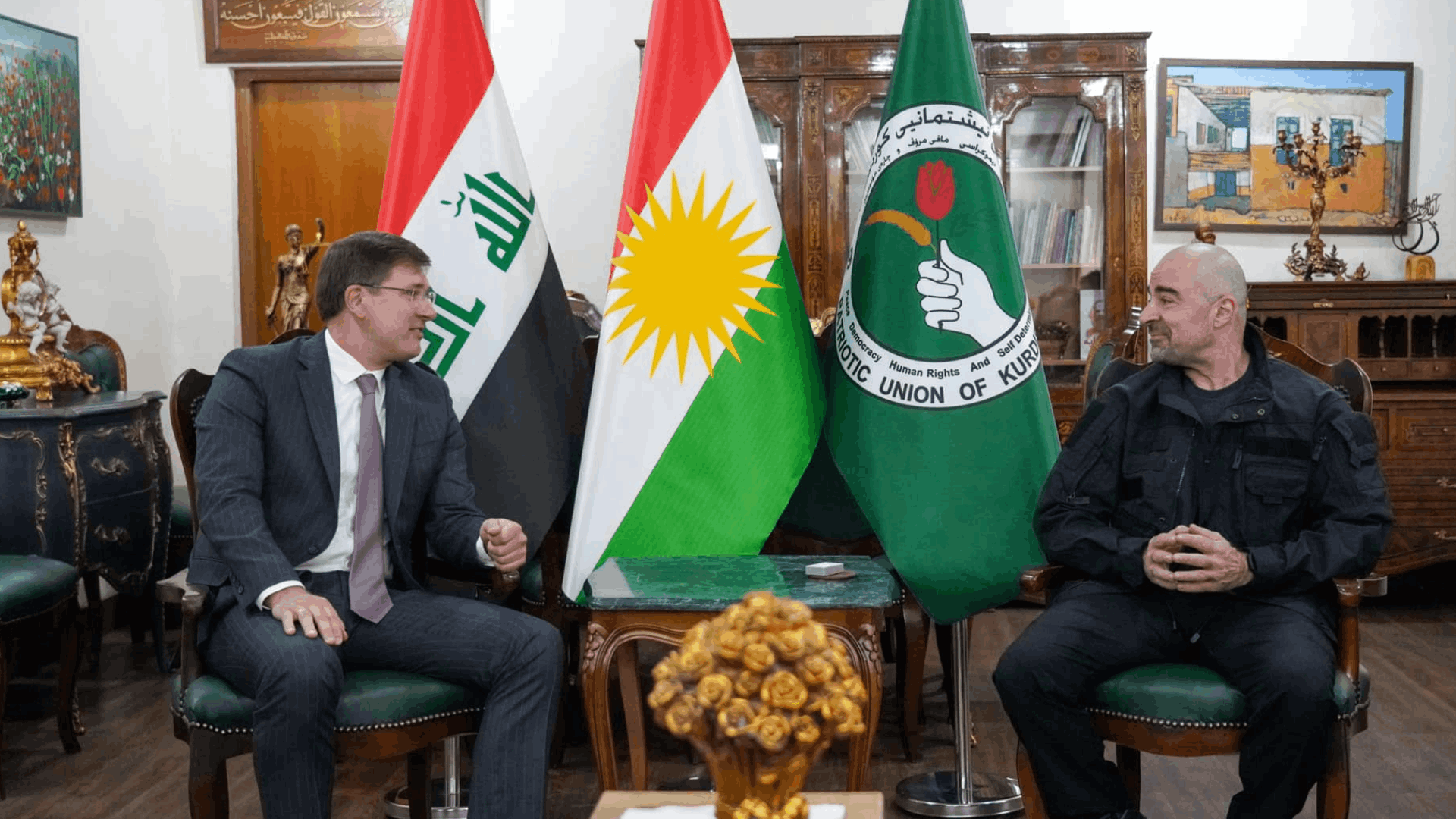
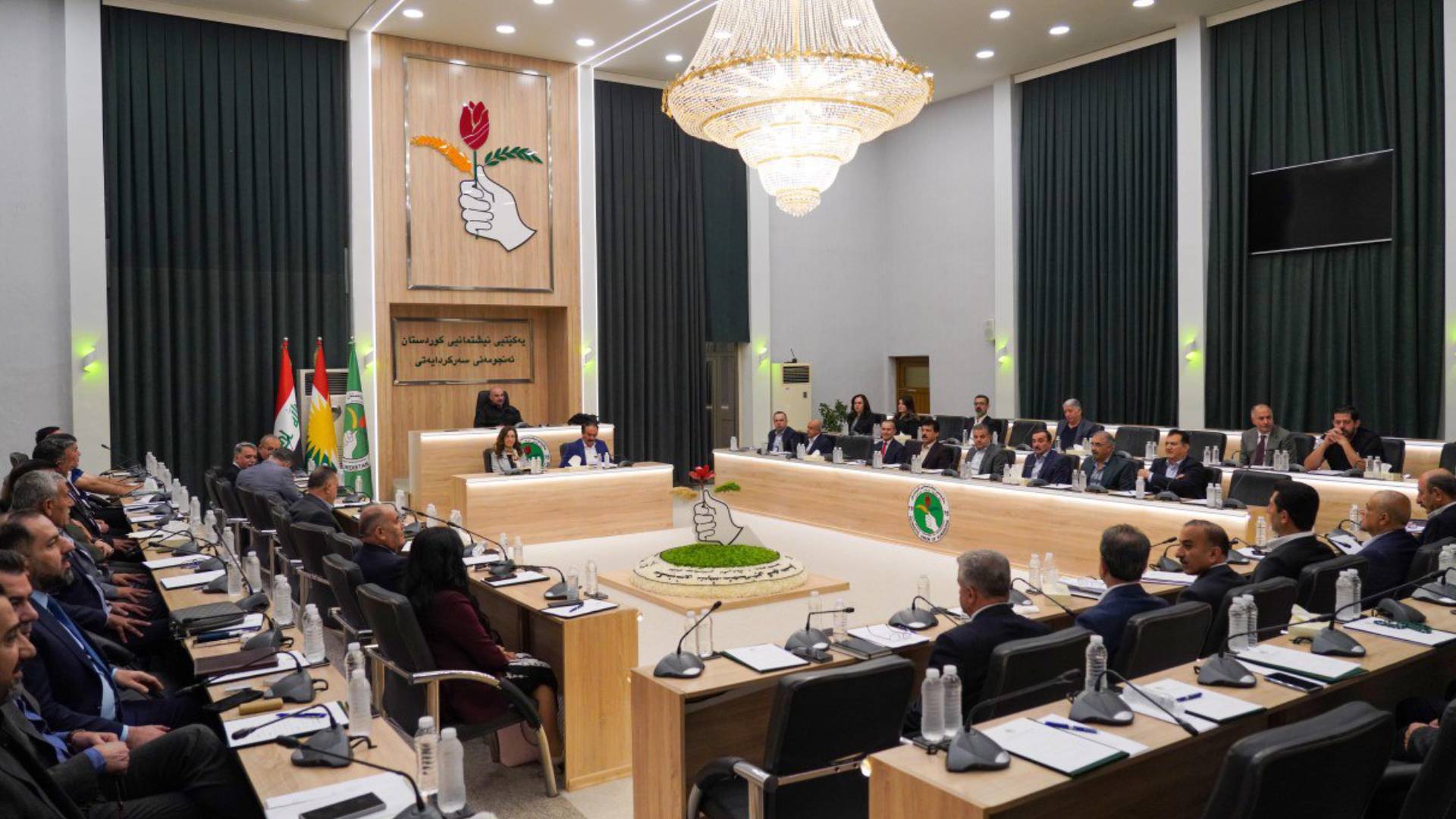
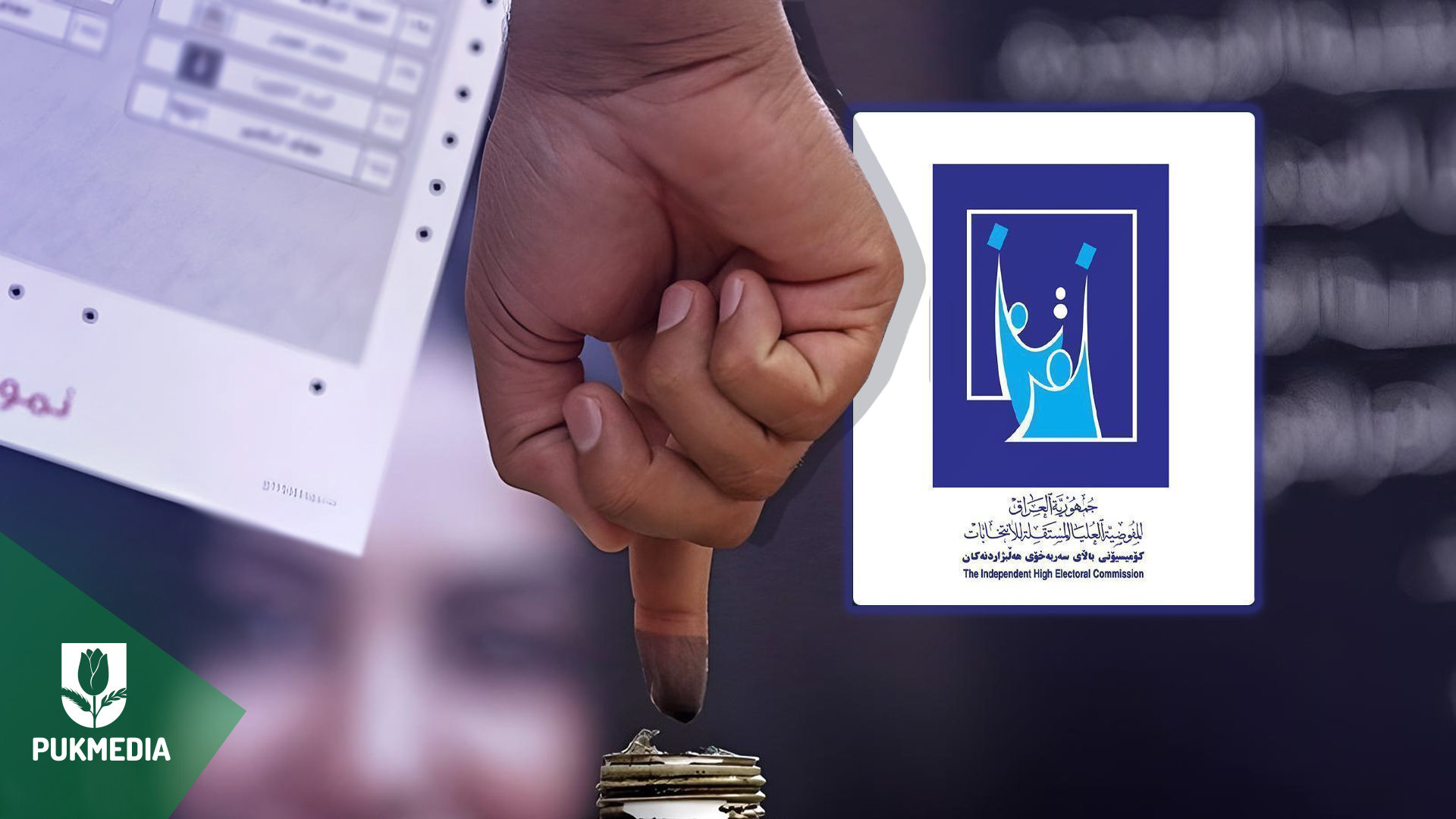
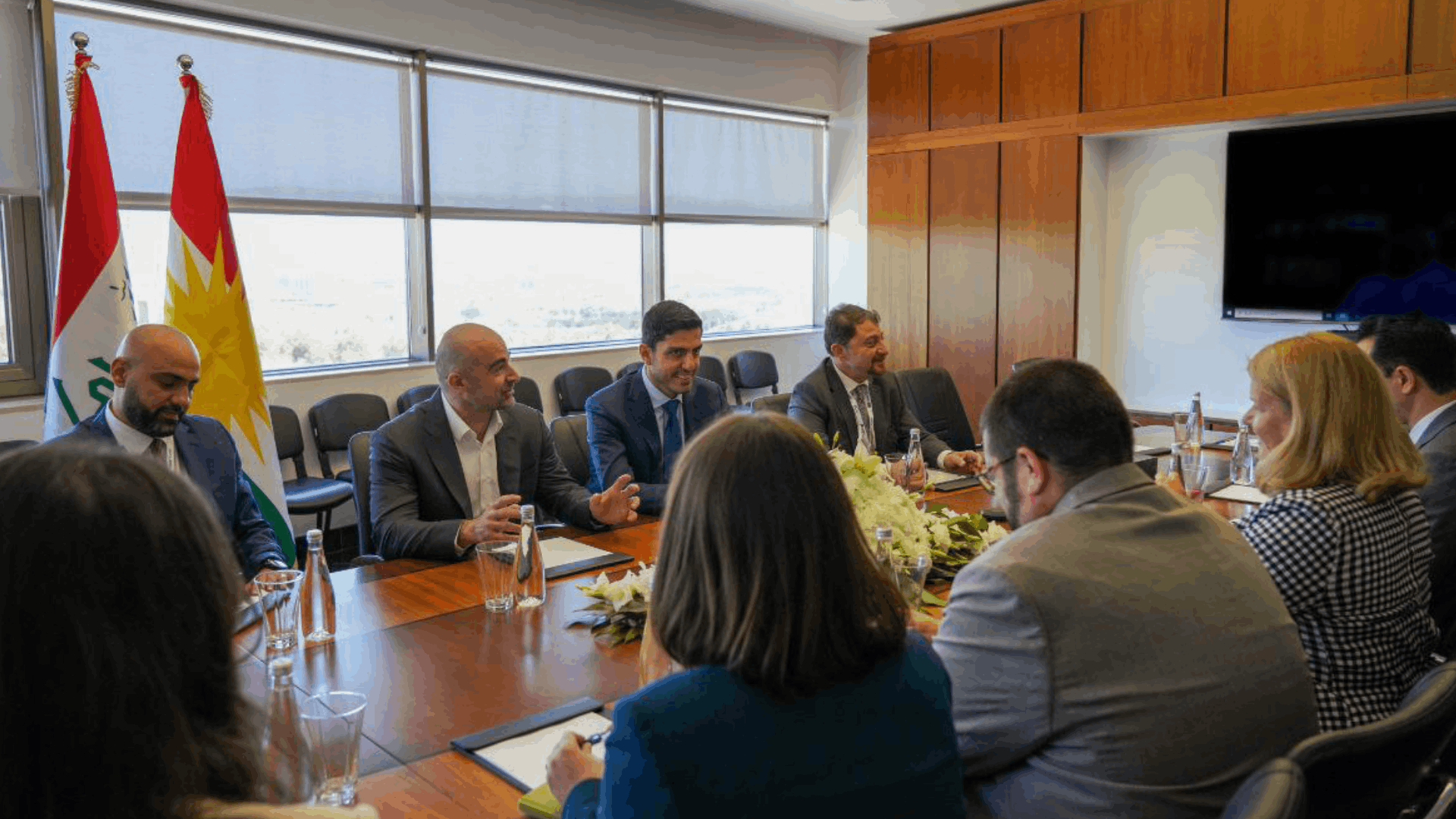
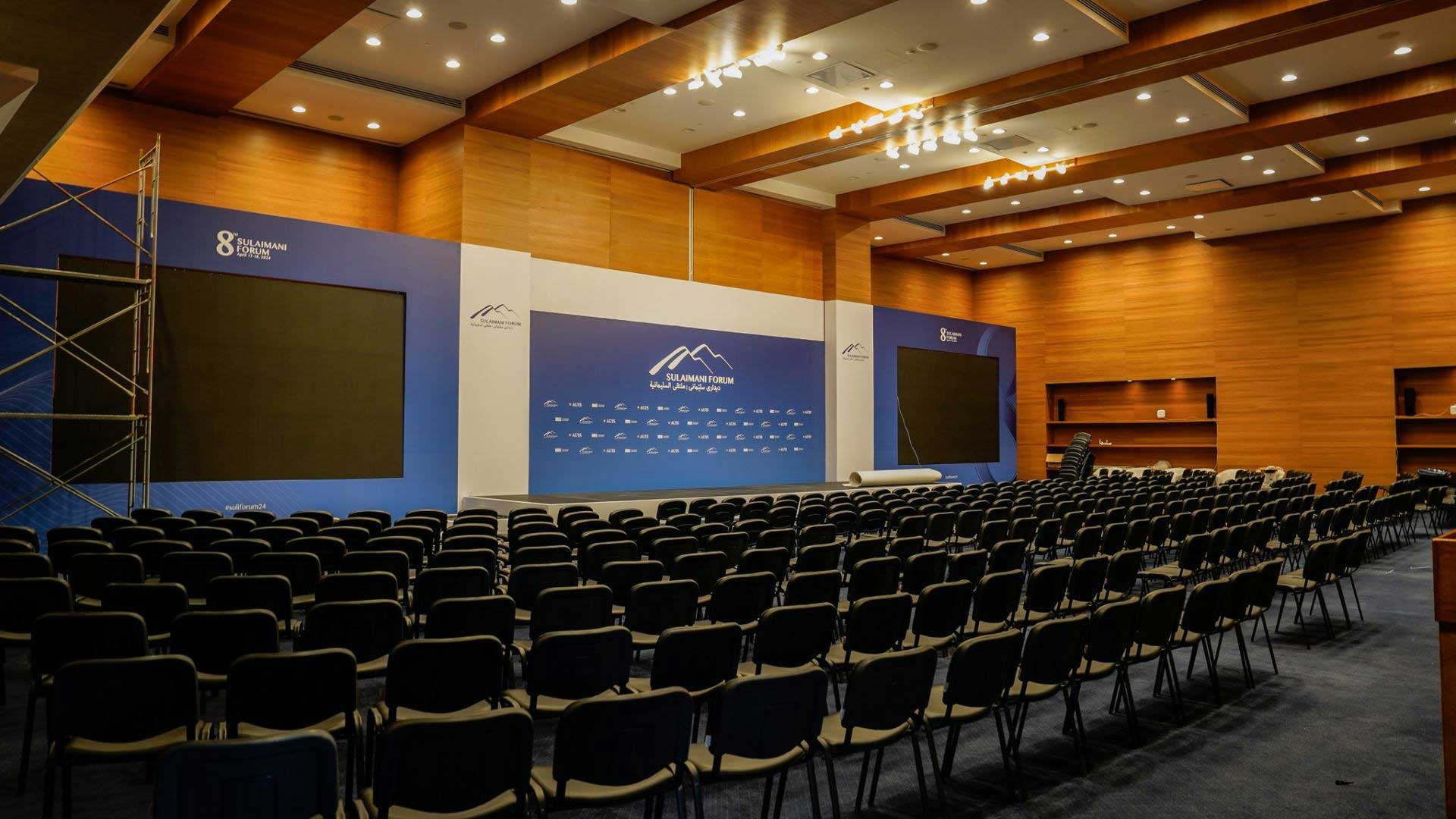
 Application
Application


